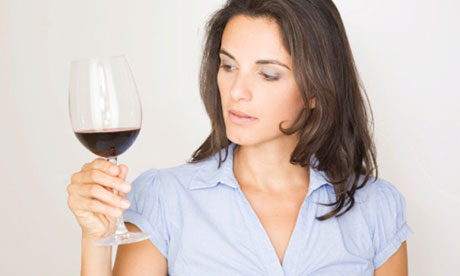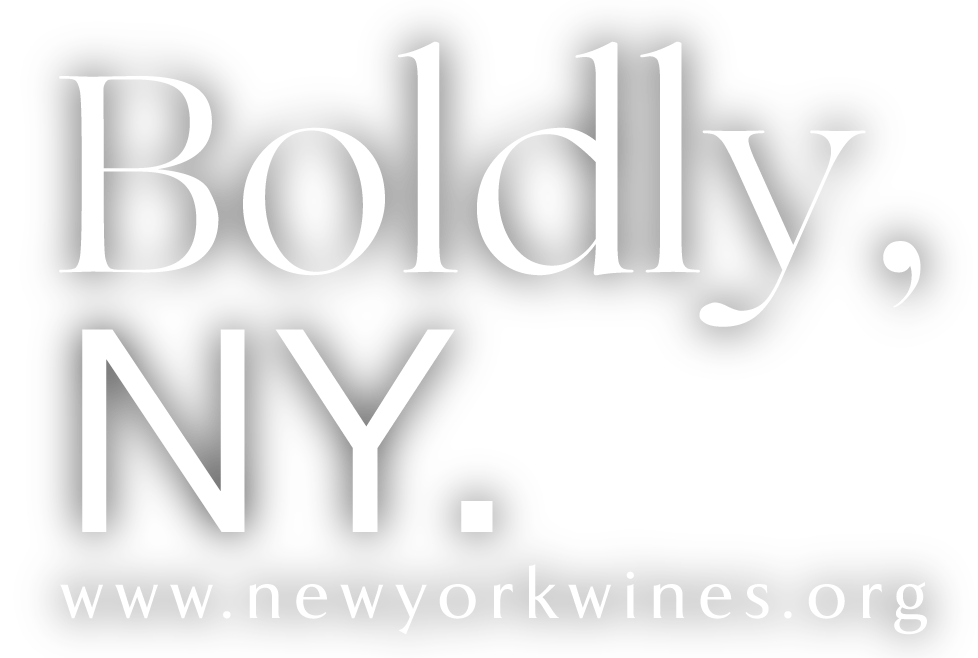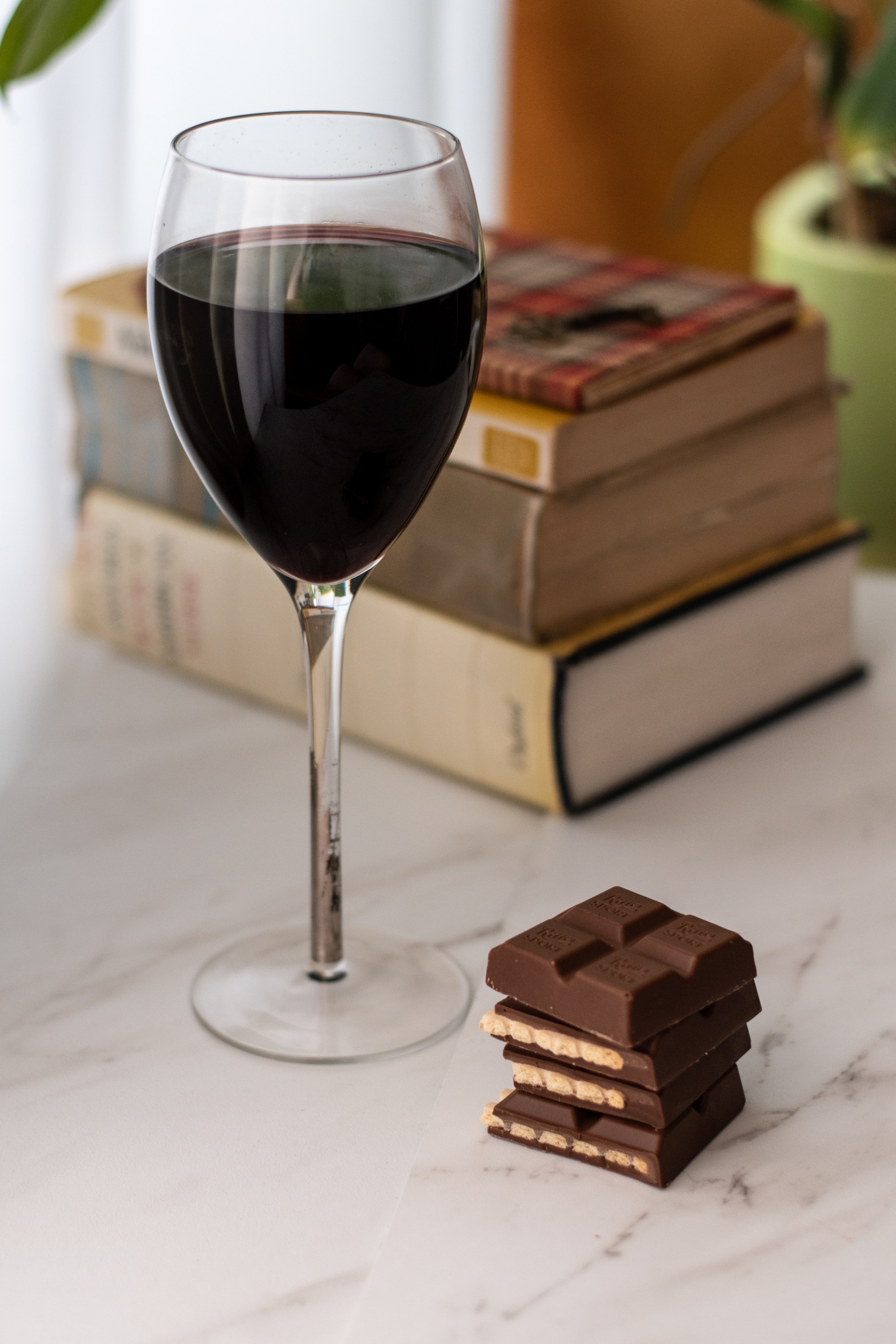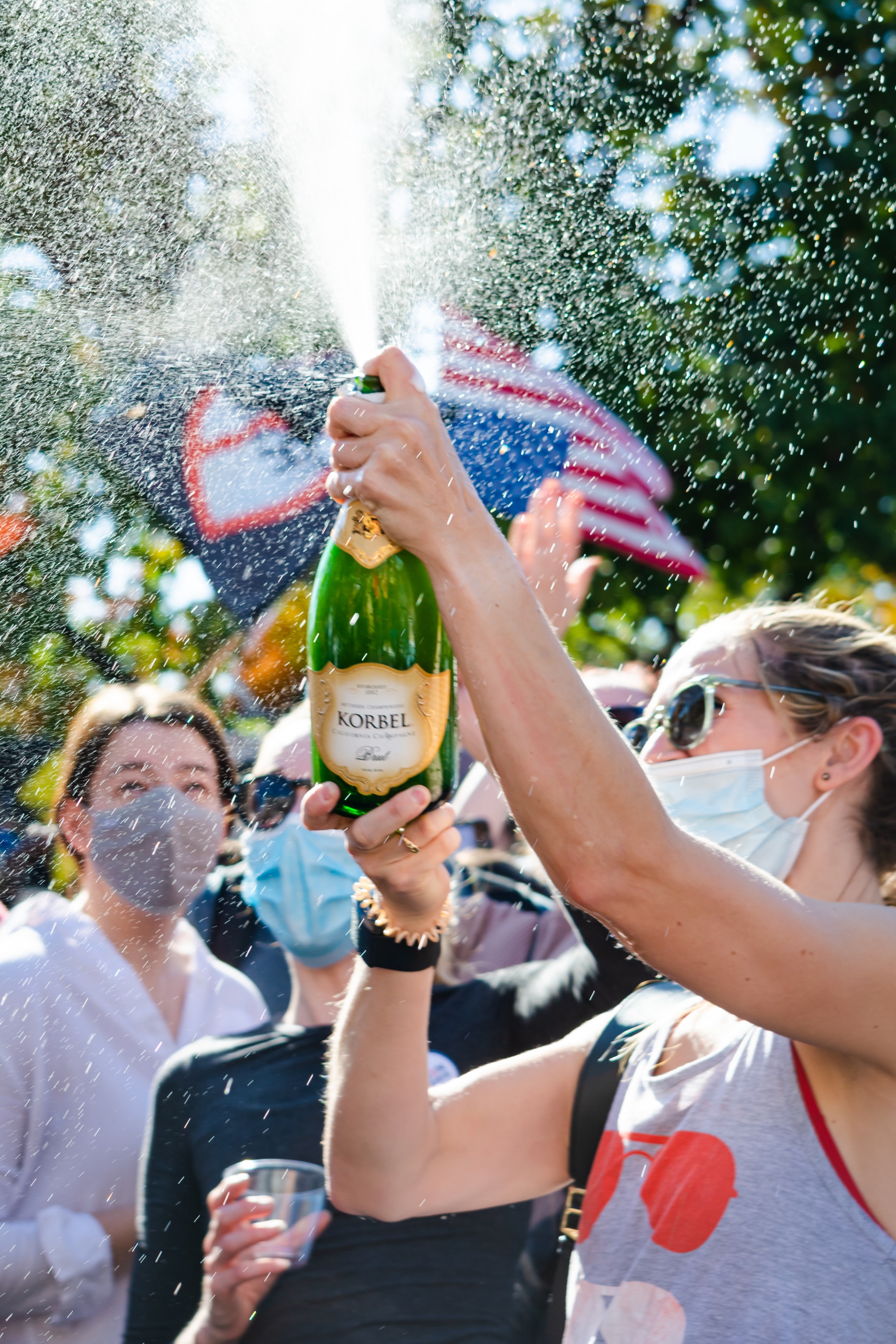 At Lakeland Winery you get to sample 25 wines before you begin your winemaking session. How about tasting those wines like a world-class sommelier?
At Lakeland Winery you get to sample 25 wines before you begin your winemaking session. How about tasting those wines like a world-class sommelier?
Knowing how to taste wine like an expert helps you get the most out of your experience, and you’re better able to select a custom wine that best suits your palate.
The professionals — wine critics and sommeliers  — generally don’t drink the wines they taste. However, at Lakeland, we encourage you to taste and drink. It’s part of the experience here — you’re with friends, you’re eating snacks and you’re having a party. Drink up!
The whole wine tasting process doesn’t really take long, but you have several things to consider in those minutes it takes to visually examine, sniff and taste a wine you might end up making yourself.
First things first: Hold the wine glass by the stem. Never hold it by the bowl or you’ll end up warming the wine with your hand.
Before You Begin
Certain conditions can affect the taste of wine. The foods you eat, someone wearing too much perfume, the size of the glasses and whether you drank anything beforehand will influence how the wine tastes.
Taste wines from lightest to heaviest, whites to reds.
Get a Good Look
Look straight down the glass to see the wine’s color. Hold the glass up to the light, and give it a tilt. Then, look at the wine through the side of the glass to see the clarity of the wine. A clear wine is always a good sign, but sometimes a wine with sediment just means the wine was not filtered. Look for the brightness as the wine is reflected in the light. The color of the wine tells you the age and the condition. White wines deepen as they age and red wines lose their color.
Give it a Swirl
Newbie wine tasters may swirl the glass on a flat surface instead of swirling the glass in the air. As you swirl the glass, look for the “legs” that run down the sides of the glass. A wine with good legs has more alcohol and flavor.
Take a Sniff
Give the glass another swirl, and put your nose just over the top of the wine glass. Take quick sniffs to smell for anything noticeably wrong like the musty smell of spoilage, the smell of vinegar or the “brett” — the sweaty, earthy smell of bad yeast.
If you don’t notice any bad smells, you should notice a fruity smell, because, you know, grapes. Other scents you might pick up: whites like Gewurztraminers have floral scents. Sauvignon Blancs and Rhone reds might smell grassy. You might pick up on wine barrel scents like vanilla, toast or smoke.
Time for Tasting
Taking a small sip and sucking on the wine aerates it so you can get the flavor. This is when you find out if the wine is balanced — the flavors won’t be too much of anything — not too sweet, salty or bitter.
Determine the complexity of the wine. If you taste something right away, such as an unmistakable vanilla taste, you don’t have a complex wine. But, if the taste of the wine seems to change the more you taste it, you’ve got a complex wine.
A good wine is detected on its finish, or aftertaste. If you can still taste it in your mouth minutes later, you’ve got a good wine. The longer the finish, the better the wine.
What’s Your Palate?
So, are you the dry wine type, or do you prefer something sweet? The dryness or sweetness of the wine is determined by how much sugar is in the wine. A dry wine is less sweet. But, don’t confuse fruitiness with sweetness — a dry wine can be fruity. You’ll notice the sweetness or dryness on the finish.
Another thing to notice: the “mouthfeel” or body tells you the level of alcohol in the wine. More alcohol in the wine has a fuller body. You can think of it like low-fat and high-fat foods. Light-bodied is the low fat and full-bodied, is the full fat food.
Now that you know how the experts do it, get ready to taste and choose your very own wine.




